Growing public interest in air quality is helping fuel a surge in sales of Toyota’s petrol-electric hybrid cars. The first quarter of 2017 saw customer demand for hybrids grow by almost 60 per cent compared to the same period last year, while sales of all Toyota group vehicles reached a new monthly record high in March.
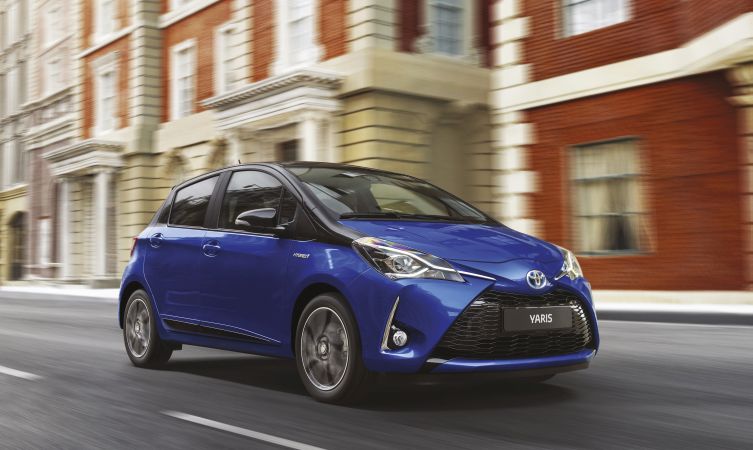
As these new buyers are discovering, Toyota hybrids deliver multiple ownership benefits for more modern drivers. Below are four key advantages:
1: Kinder to the environment
Motorists are becoming keenly aware of the impact of vehicle emissions. Not just greenhouse gases that can affect climate change, but also emissions such as nitrous oxides (NOx) and particulates that can have an impact on air quality and public health.
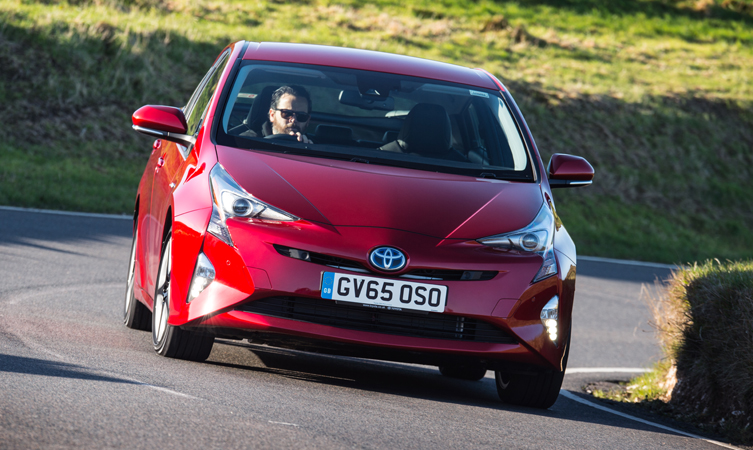
Toyota hybrids are able to use their electric power to eliminate all emissions when running in slow-moving urban traffic – the kind of environment where air pollution is of particular concern. At all times the engineered-in efficiency of the hybrid system ensures emissions are kept to a minimum, with ultra-low CO2, near-zero NOx and no particulate matter.
2: Economical to run
Fuel efficiency is a core quality of Toyota’s petrol-electric hybrids. As full hybrids they can seamlessly and automatically switch to all-electric operation when conditions permit, reducing both fuel consumption and tailpipe emissions to zero.
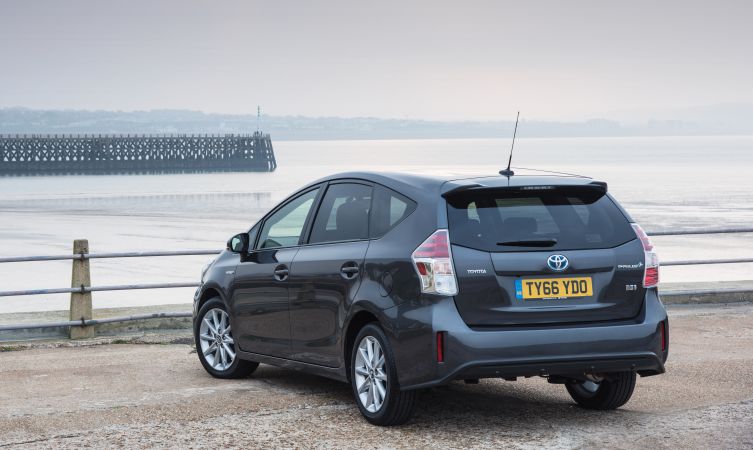
At other times, the system’s power split device determines the most efficient use of the vehicle’s electric motor and petrol engine to achieve the best possible mpg. The focus on efficiency extends to making components smaller and lighter, reducing energy losses within the engine by reducing friction and improving heat management, and producing wind-cheating, aerodynamic vehicle designs.
Service, maintenance and repair costs are kept down thanks to the powertrain having a significant proportion of components that are maintenance-free, such as the hybrid battery. Toyota hybrids have established an excellent reputation for long-lasting and hard-wearing quality. In common with all Toyota models, they come with the peace of mind protection of a five-year/100,000-mile new vehicle warranty.
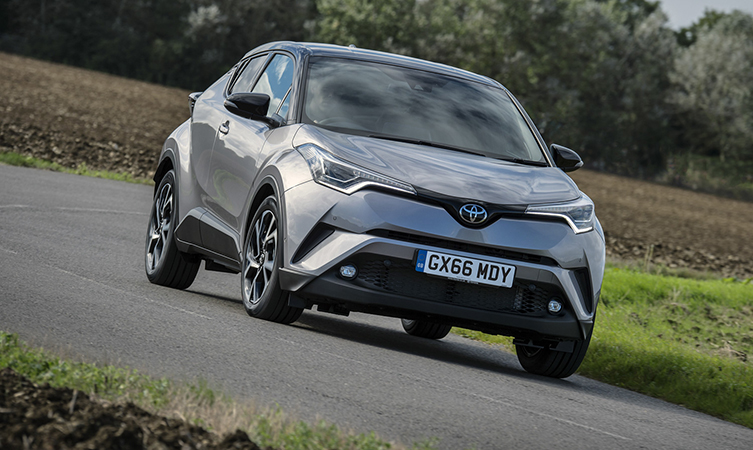
3: No ‘range anxiety’
Toyota petrol-electric hybrids know no limits when it comes to driving range. The hybrid battery is automatically recharged as the vehicle is driven, including the capture and conversion of energy into electricity every time the car slows down or brakes.
That means there is no need to plug in the vehicle for recharging, or any limit to journey distances. The only stop required is a few minutes to refuel the tank.
4: Practical to own, comfortable to drive
Toyota has a petrol-electric hybrid in almost every UK market segment. Owning and driving a hybrid doesn’t require special skills, and their easy-to-drive quality is matched by their practicality in terms of cabin and boot space and, where the RAV4 is concerned, the availability of all-wheel drive.
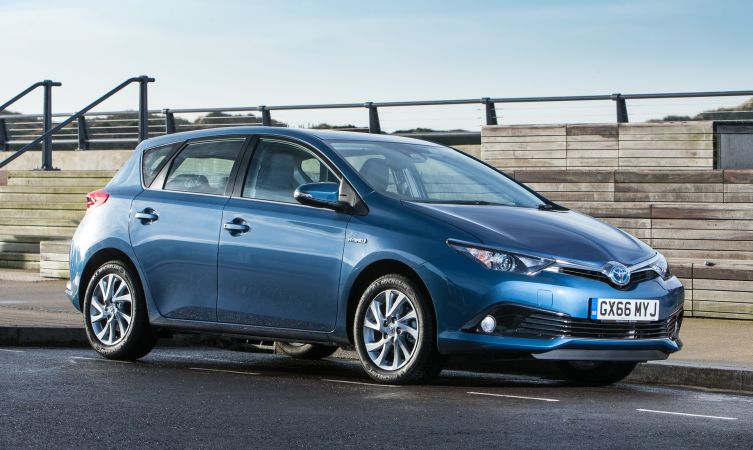
According to model, the driver can choose a preferred drive mode, prioritising performance or fuel and emissions efficiency according to preference and driving conditions. Some hybrids also offer an all-electric EV mode, which will maintain zero emissions/zero fuel consumption running within set parameters of vehicle speed, traveling distance and driver inputs.
Toyota hybrids: What models are available?
UK customers have never had such a wide range of Toyota hybrid models to choose from, ranging from the new Yaris – still the market’s only full hybrid supermini – to the fourth-generation Prius, spacious Prius+ , RAV4 SUV and new Toyota C-HR crossover, the latest addition to the line-up.
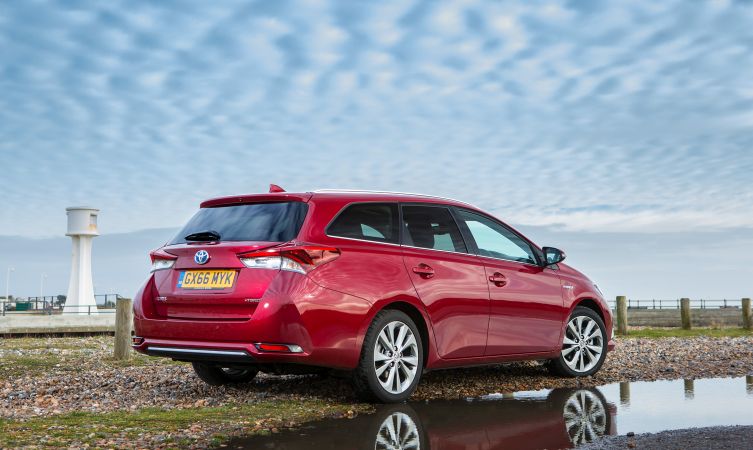
Britain is also a centre of excellence for hybrid vehicle manufacturing. Engines are produced at Toyota’s Deeside factory in North Wales, and the Burnaston car plant in Derbyshire manufactures Auris Hybrid hatchback and Touring Sports wagon models, both for Europe and for export to other world markets.
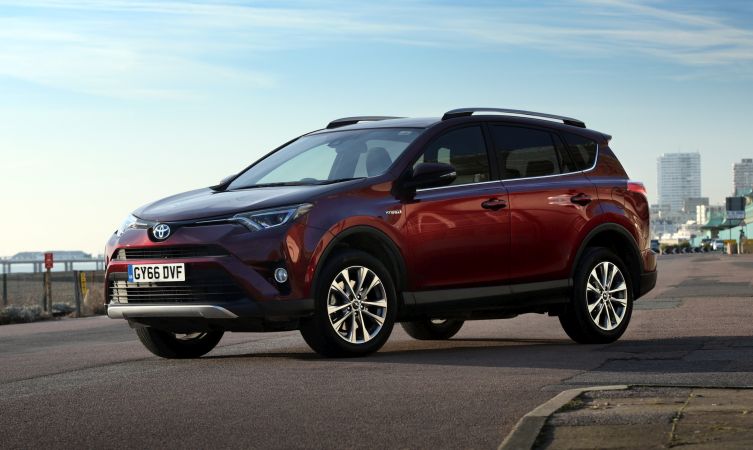




I couldn’t agree more. I am now driving my 5th Toyota Prius T-Spirit hybrid (although you could argue technically 4th, since one of the Prius I have owned twice – yes, there is a good story there!) and i can’t see any good reason why I would want to change. I’ve completed over a quarter of a million (fault-free) miles in them and no other car is as easy effortless and smooth to drive.
Whether you want to get fully ‘into’ the world of the Toyota Prius as many people do, or you simply want to find efficient and easy driving that is green rather than black, why not do what I did? As I do lots of mileage I wanted to be sure that I wasn’t making an expensive mistake back in 2007, so I hired one for a week and covered almost a thousand miles in it. I think that tells you the answer!
Hi John,
That’s very impressive. We’re glad you like the Prius!
I didn’t think the C-HR was available with all wheel drive as a hybrid?
Also, any plans to offer a hybrid when you finally repace the Verso?
Hi Bryan,
We’re sorry for the confusion and thank you for flagging this. This is a mistake on our blog post and we’d recommend heading to the Toyota UK website for all specs. All wheel drive (AWD) is only available with a the 1.2 Petrol Turbo Automatic (C-HR).
Unfortunately, we have no information regarding the future of the Verso.
Many thanks again.
As a long-term Prius driver I need no convincing about the benefits of hybrids. But, alone among the major manufacturers, Toyota now has the drivetrains across its range to enable it to ditch diesel and become a diesel-free-zone, at least as far as passenger cars are concerned. As anxiety about diesel-related air polution mounts, this could be a major marketing coup for Toyota, putting it well ahead of its competitors. Might we expect such a commitment in the near future?
Can any of your hybrid vehicles tow a caravan and what are weight limits?
Hi Ian,
Hybrid C-HR and Prius have a towing capacity of 725 kg.
RAV4 towing capacity is as follows:
With brakes – 800 (FWD) or 1650 (AWD)
Wihtout brakes – 750
Many thanks.
No advantage at all if you have to waste fuel leaving it on the drive ticking over for an hour or driving it for the same amount of time just to charge the battery up , how is that good for the mpg figures , and especially how is that good for the planet, not so green after all. Having to jump start new cars is a thing of the 1970s and 1980s , How you can go so far backwards with such new technology I don’t know , battery capacity of 0.8AH is a joke for such vehicles. My 2001 600cc motor cycle has an 8AH battery and that only has lights indicators and a hooter , something is seriously wrong ! Hope this helps people make an informed decision.
Kind Regards, Nigel.
Ps. This is regarding the Yaris cross hybrid.